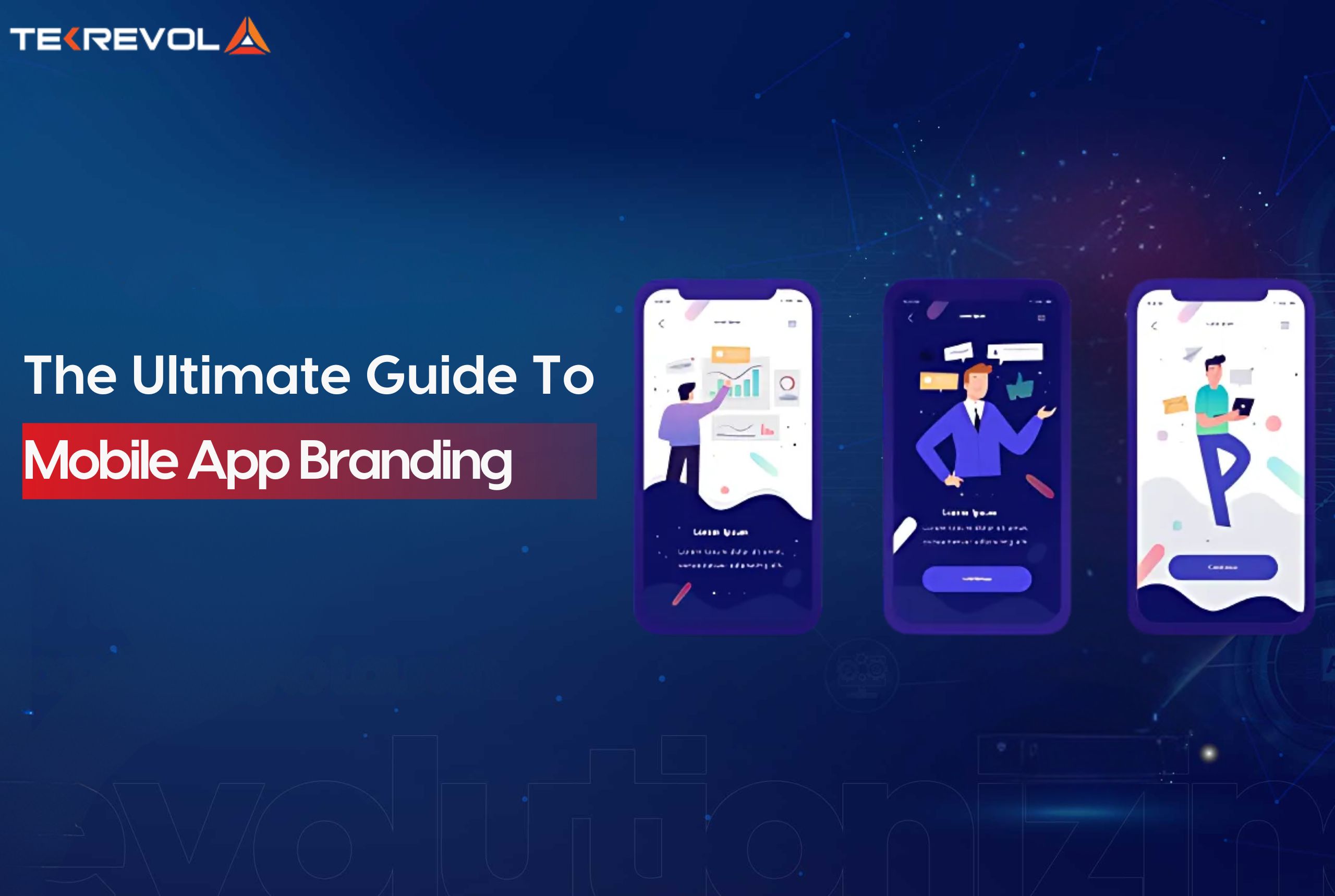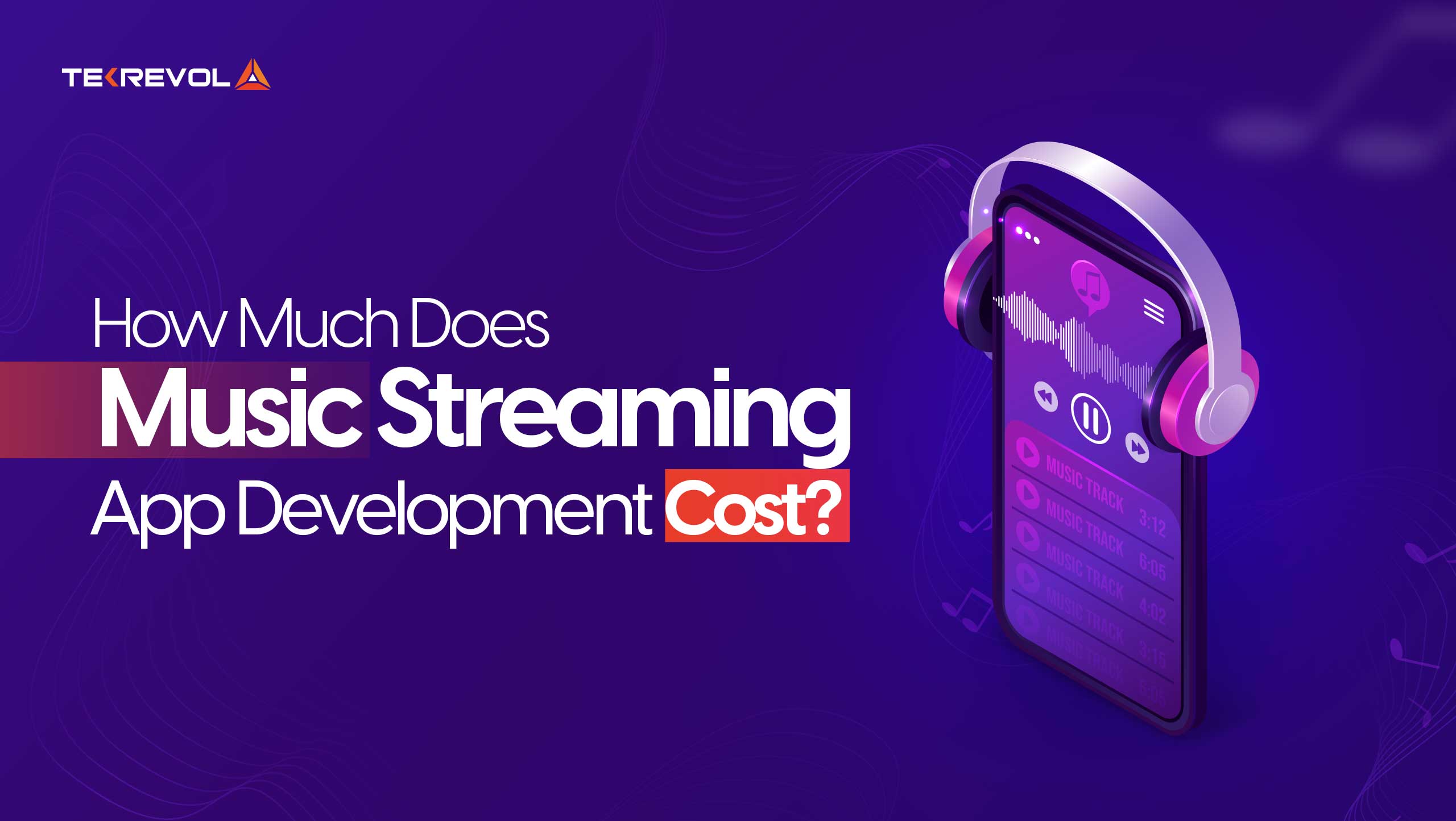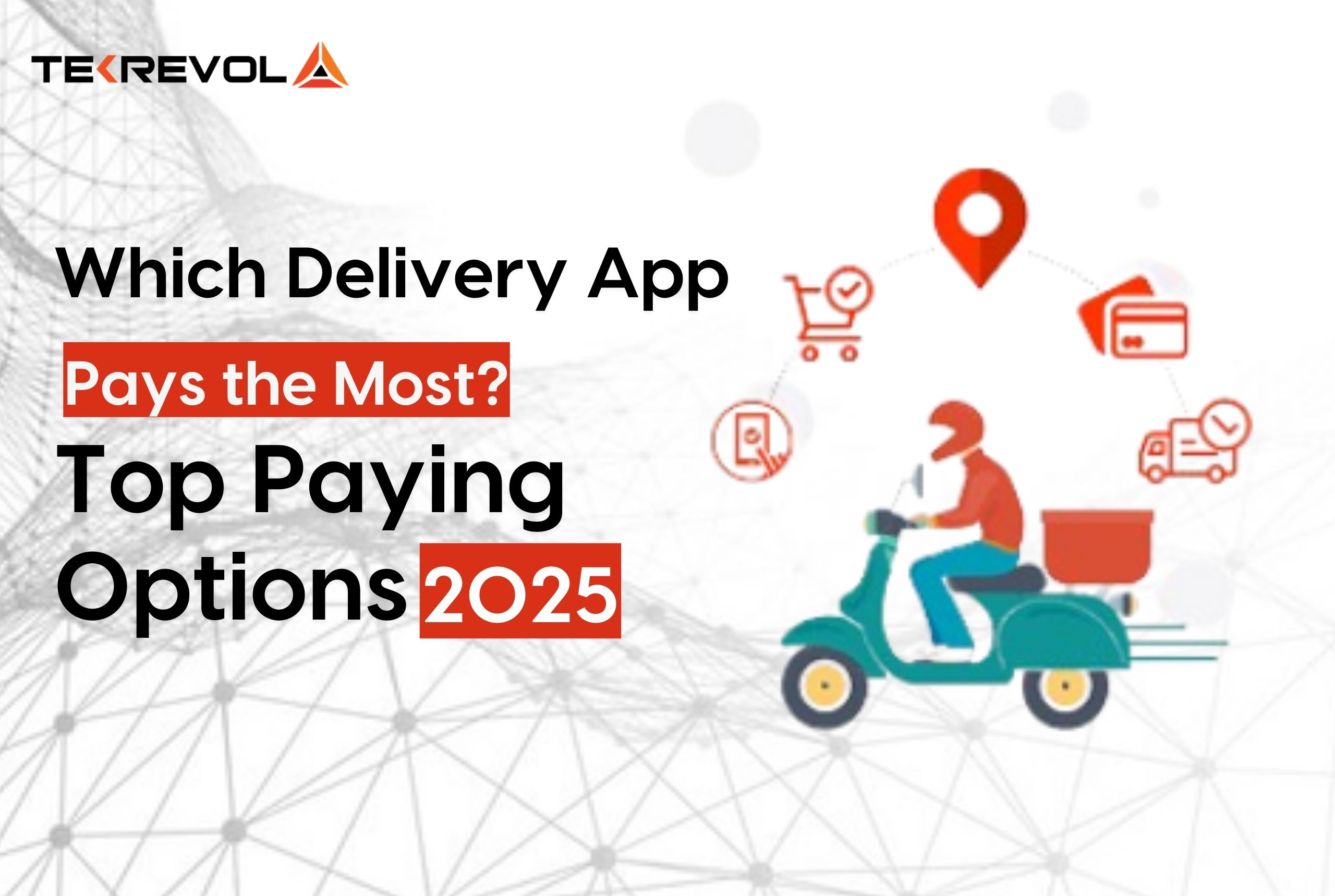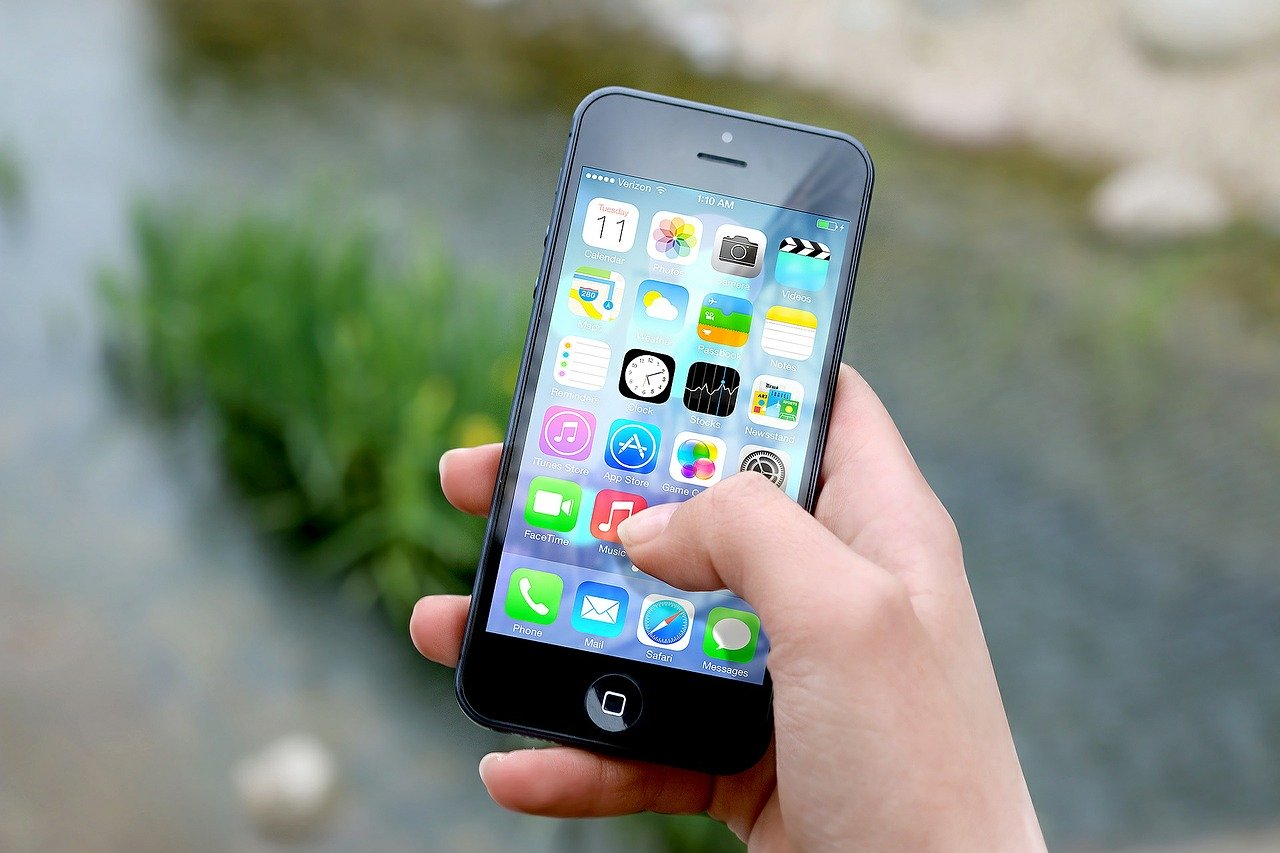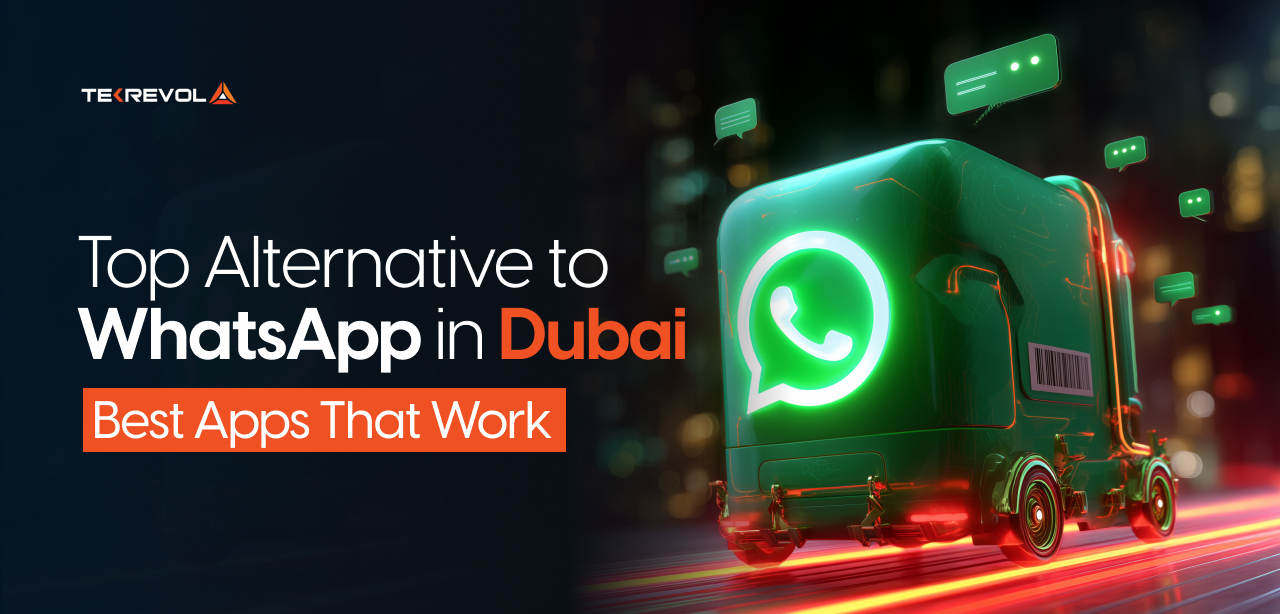You ever open an app and think, “Yep, this is totally my vibe”? The colors, the tone, the little details, it all just clicks. That’s not luck; that’s great mobile app branding doing its thing. Honestly, it makes a bigger impact than most people credit it for.
Suppose you have a just-released app. It functions perfectly, your team is proud, and you are eager to go to the app stores. Sorry to say so, but that is not how it works now.
And believe us, in 2025, when users have all sorts of tools and services at their disposal, the way your app looks will be equally important as the service it provides.
Here’s the kicker: there are approximately 2.04 million apps on Google Play and 1.95 million on the Apple App Store, and that number keeps growing.
In fact, studies show that consistent brand presentation can increase revenue by up to 23%, because people are more likely to engage with apps that feel familiar, polished, and trustworthy.
In this blog, we’ll break it all down, like what’s trending in mobile app branding, what works, and how to actually brand your app in a way that grabs attention and keeps users coming back.
Apps with strong branding see 80% more user retention, and build a brand users can connect with.
Get Your Custom App Branding Plan Today
What Is Mobile App Branding?
Mobile app branding is all about shaping your app’s identity, its voice, visuals, icon, and even the “why” behind it. An effective brand identity serves as a differentiator, allowing your app to be both recognizable and memorable in a competitive market.
For a deeper dive into how your app’s website can reinforce your brand identity, check out our blog on Modern Web Design Essentials for Brand Success in 2025.
Why does it matter?
Mobile app branding provides your application with a specific identity that makes it noticeable, reliable, along with an emotional attachment to the user.
Think of your app as a shop on the busy online platform. All aspects of your branding become signals: your logo, color scheme, the tone of voice of your communications, as well as your reaction to a support question.
And guess what? It pays off in spades:
- Consistent branding can add 20-33% to revenue as long as it is consistent in your messaging and visual style across the entire fold.
- Research finds brands with consistent visuals enjoy approximately 3.5× higher visibility.
- Want to learn about mobile app marketing?
- Check out our in-depth guide on how to market your app.
How to Build an Effective Mobile App Branding Strategy?
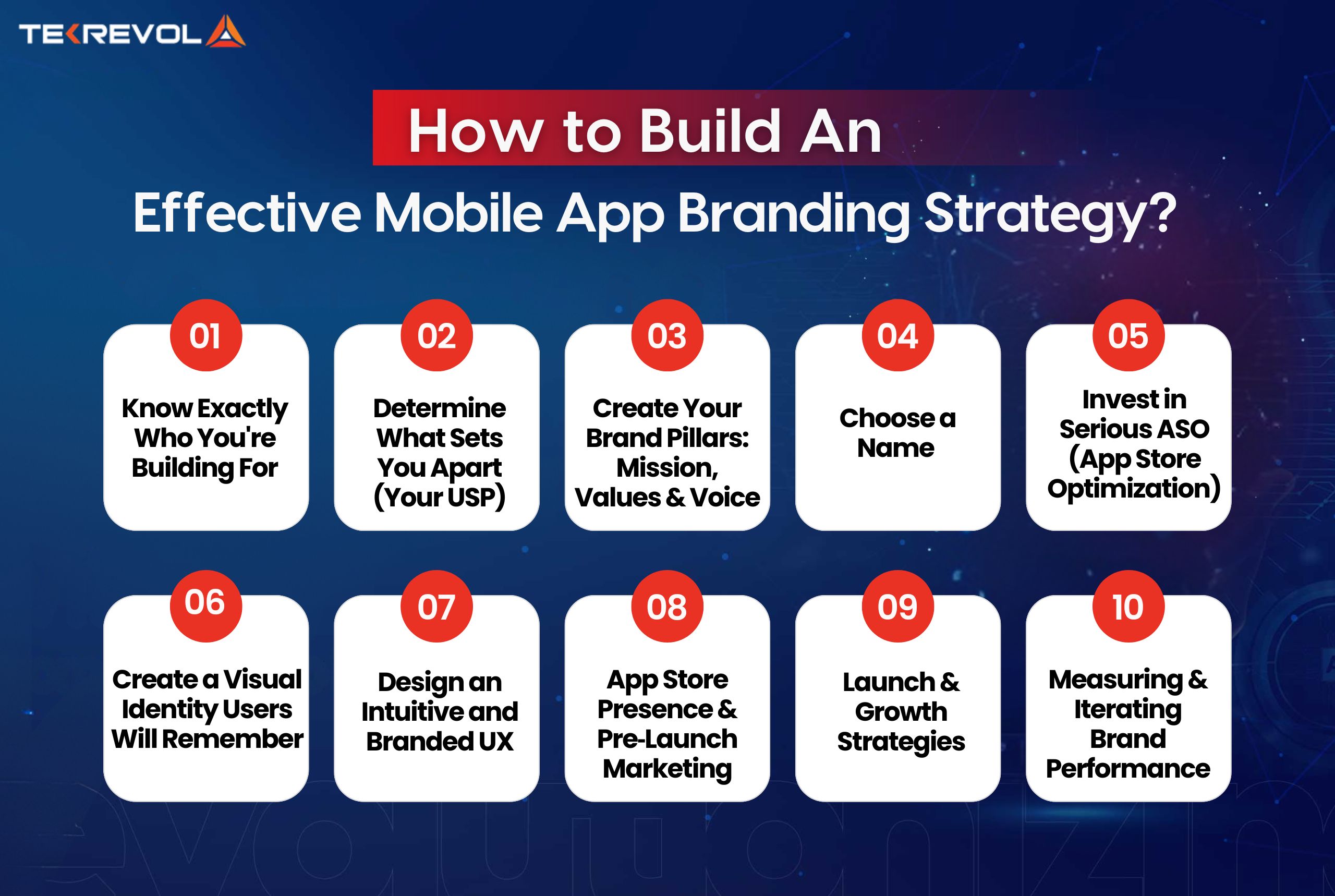
Effective mobile app branding begins with audience research, a strong identity, and brand consistency. Check out our detailed list of essential strategies below.
1. Know Exactly Who You’re Building For
Research shows 70% of companies rely on surveys to learn about their market. Pair those surveys with small focus groups, and you start hearing the real human stories behind the numbers.
Great brands are always built out of clear, far-off clarity about who they are building for. It is important that you not only become familiar with who they are but with what they love, how they approach things, and what drives them.
How to find your target audience:
- Conduct user surveys and interviews.
- Delve into competitor reviews and app store comments.
- Develop in-depth user personas (think age, goals, pain points, behavior).
Example:
A campus app for a college will automatically aim at Gen Z students. However, if you’re developing an app such as a journaling or haiku-writing app, you will require more in-depth market research to establish your niche audience.
Tip: Get to know your target audience again on a regular basis. As your app grows, so should your brand, because your audience may not be the same anymore.
2. Determine What Sets You Apart (Your USP)
Let’s get real, there are so many apps out there. What sets yours apart from someone’s time? That’s where your unique selling proposition (USP) is.
Ask yourself:
- What’s the problem my app is solving?
- How does my solution differ (or better) from others?
Example: Grocery delivery app Gorillas employs the tagline “Faster than you.” Their USP is speed, faster than you getting groceries yourself.
Your USP needs to be screaming and clear in your branding, messaging, and app experience.
3. Create Your Brand Pillars: Mission, Values & Voice
A rich brand identity is more than just looks. It’s about purpose and personality.
- Mission Statement: A concise description of the reason your app exists. Example: “Because our app exists, freelancers get paid faster.”
- Core Values: The values that inform your business choices, such as transparency, innovation, accessibility, etc.
- Tone of Voice Guide: Is your brand friendly? Bold? Professional? Your voice should match your audience and remain consistent throughout your app and marketing.
With a tone guide, each push notification, support message, or app description “sounds” like you.
4. Choose a Name
Your app name is among your strongest branding assets. It must:
- Mirror your app’s mission.
- It is easy to recall and pronounce.
- Be keyword-rich for app stores (but not sound robotic).
- Be unique enough so that you do not get mixed up with the competition.
Tip: Check domain availability and social handles if you plan to build a larger brand presence.
5. Invest in Serious ASO (App Store Optimization)
App Store Optimization causes people to find your app organically. It’s the app store and Google Play SEO.
What to focus on:
- Add keywords to your app name and description.
- Write a short, benefit-oriented subtitle.
- Include interesting screenshots and video previews.
- Regularly optimize reviews and ratings.
Consider your app store graphics as part of your brand identity. They’re usually the first impression users get.
6. Create a Visual Identity Users Will Remember
With millions of apps vying for space on the screen, your design must stand out. This means your:
- Logo and Typography: These should resonate with your core tone and values.
- Color Palette: What hue would you select to match your character: Tranquil and minimalist, or bright and cheery?
- Imagery & Screenshots: Use images that expand your brand story and explain to your user what your app is for.
Your visuals are the apparel your app is “wearing”; they tell a lot about your brand before users even open it.
7. Design an Intuitive and Branded UX
Improving UX design to increase customer retention by just 5% can translate to a 25% rise in profit.
Every element of the design, such as buttons and animations, needs tocomplementt the branding of the mobile application, providing consistency to the overall experience.
- Make UI colors, shapes, and space consistent.
- Include branded animations and micro-interactions that delight and amaze.
- Use inclusive design by keeping a 4.5:1 contrast ratio and having a thumb-friendly reach.
8. App Store Presence & Pre‑Launch Marketing
Your first point of conversion is the app store listing; maximize visuals, copy, and previews to align with your brand identity.
- Title, subtitle, keyword list aligned with brand messaging
- High-quality screenshots/videos demonstrating key flows in branded aesthetics
- Landing page and social teasers: one look, one voice
- Pre-launch beta invites under your brand name to create buzz
9. Launch & Growth Strategies
The process of branding does not end at launch; voice, visuals, and experience can be used to promote installs, referrals, and retention. Collaborate with micro-influencers that identify with your brand (63 percent of Gen Z believe micro-influencers’ recommendations)
- Branded push strategy: timely, personalized reminders
- Referral programs & in-app campaigns, e.g., brand-themed invites
- PR & partnerships that support your UVP and voice
- Integrated branding boosts ROI and fuels sustainable growth.
10. Measuring & Iterating Brand Performance
Monitor metrics related to brand strength, awareness, sentiment, conversions, and utilize insights to optimize.
- Awareness: Surveys, brand mentions, social reach
- Sentiment: App ratings, NPS, reviews
- Behavioral KPIs: install → activation → retention → revenue
- Iterate: A/B test icons, copy, UI—measure lift in key metrics
Continuous iteration guarantees your mobile app branding changes with user feedback and market shifts.
- Want to ensure your branding efforts deliver results?
- We provide the strategy, design, and analytics support your app needs to stand out.
10 Best Mobile App Branding Case Studies to Learn From
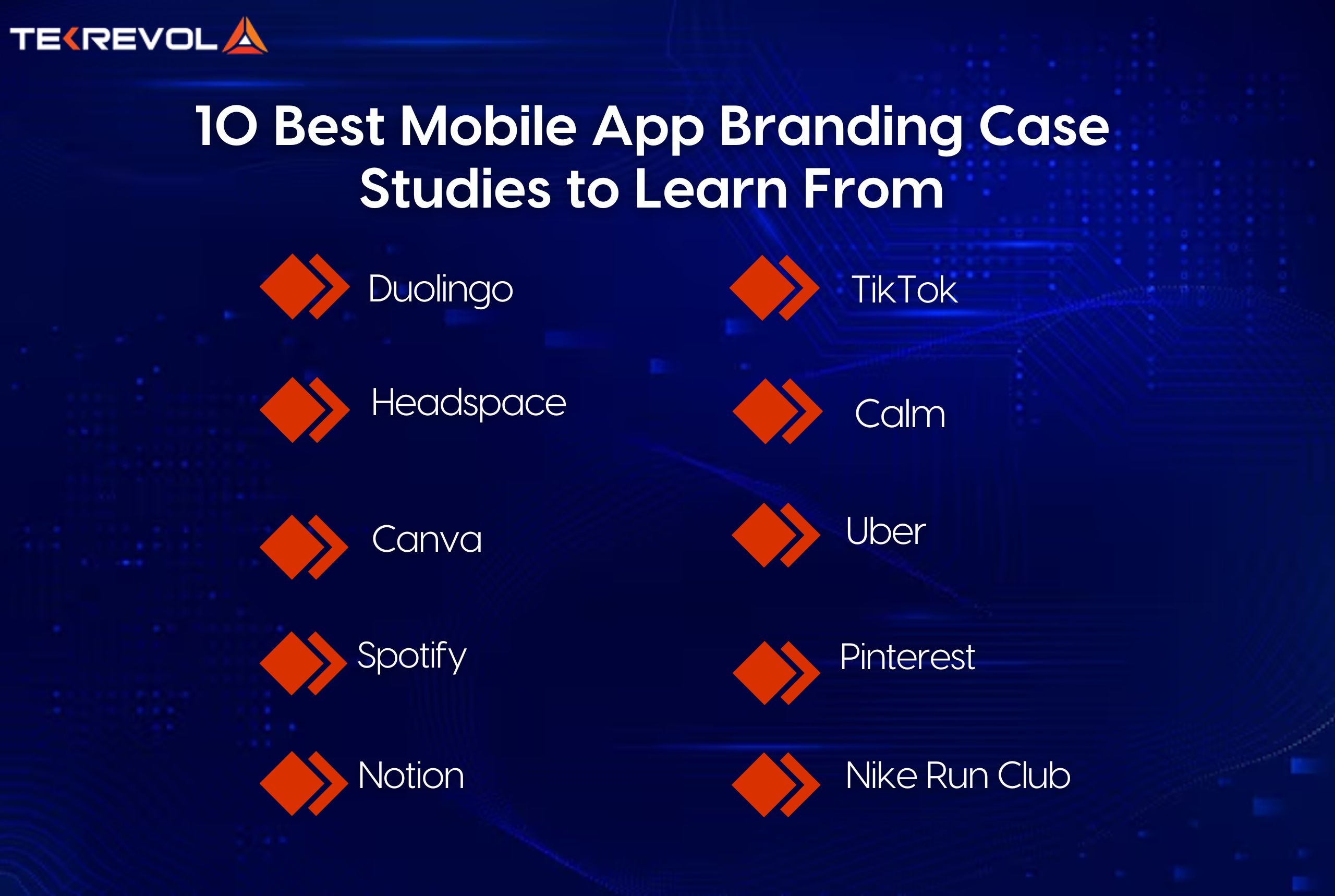
What does great mobile app branding look like? Let’s dissect 10 apps that have aced their brand game, from looks to voice to user experience, and see what sets them apart in a competitive marketplace.
| App Name | Brand Personality | Key Branding Elements | Why It Works |
| Duolingo | Playful, fun, gamified | Cartoon mascot (Duo), bright colors, humorous push notifications, gamified rewards | Engaging and memorable branding makes language learning fun and addictive. |
| Headspace | Calm, mindful, minimal | Soothing color palette, soft animations, gentle voiceovers | Every element of branding supports a relaxing, wellness-focused user experience. |
| Canva | Empowering, creative | Vibrant visuals, modern fonts, friendly UI, easy design tools | Makes non-designers feel confident and creative with approachable design tools. |
| Spotify | Edgy, modern, personalized | Bold colors, dynamic playlists, cultural campaigns (like Spotify Wrapped) | Personalized branding makes users feel heard and part of a global music community. |
| Notion | Minimal, focused, elegant | Black and white interface, clean typography, modular layout | Simplicity and customization make it ideal for professionals and students. |
| TikTok | Energetic, expressive | Glitch-style animations, signature sound branding, and trendy visuals | Appeals to Gen Z with a strong sense of community and individuality. |
| Calm | Soothing, luxurious | Deep blues, nature visuals, ambient sounds, slow animations | Creates a calming, premium experience for users seeking mindfulness. |
| Uber | Sleek, global, functional | Minimalist black-and-white design, clean UI, consistent across driver and rider apps | A professional and no-nonsense brand design that translates across cultures. |
| Aspirational, warm, creative | Pastel tones, soft typography, curated content boards | Visually relaxing and encourages personal inspiration and discovery. | |
| Nike Run Club | Motivational, athletic | Bold fonts, clean UI, integrated voice coaches, “Just Do It” tone | Maintains Nike’s core brand energy while delivering practical fitness tracking. |
Why Mobile App Branding Fails? Common Reasons
Mobile app branding usually goes wrong because of several old traps, no matter what industry is involved. These are some of the most common mistakes that should be learned and avoided in building a successful brand that people can relate to.
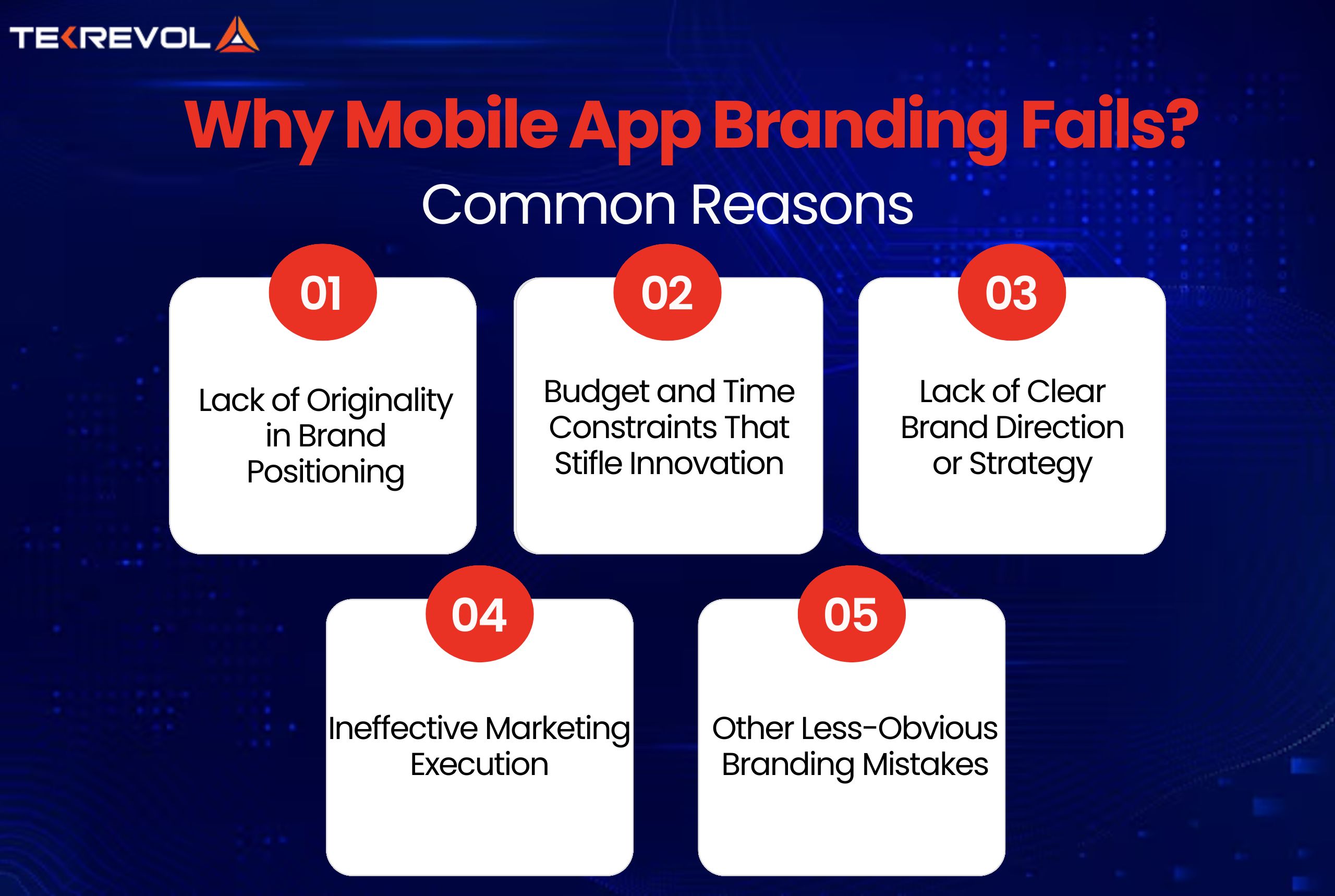
1. Lack of Originality in Brand Positioning
Lack of something new, innovative spin is one of the biggest causes when mobile app branding fails. We have to form an emotional attachment between our brand and the users, and to do so, you have to know many things about the way your target segment thinks, behaves, and makes decisions.
Tip: Identify gaps in innovation using user personas, emotion mapping, and competitive analysis.
2. Budget and Time Constraints That Stifle Innovation
True innovation thrives with adequate time, creative flexibility, and proper funding. In the absence of these factors, branding efforts may lack originality and feel repetitive, especially during tight deadlines or restricted budgets.
Tip: Designate funds especially for brand discovery and testing within early-stage planning.
3. Lack of Clear Brand Direction or Strategy
Have a clear, cohesive branding direction. When brainstorming, several good ideas can come out, but the team should agree on one singular identity. Without purpose, values, and tone clarity, the branding will be unstable and confusing.
Tip: Make sure everyone from product to marketing is on the same brand vision.
4. Ineffective Marketing Execution
The best branding might also fail to hit the targeted people. You can’t afford to depend on a weak marketing plan, one that merely addresses audiences with paid ads and repetition messaging. Doing that risks your app getting drowned out by the noise.
Best practice: publish with a 360-degree marketing approach in the app store, social media, and PR.
5. Other Less-Obvious Branding Mistakes
Sometimes, even the best branding plans fall apart due to outside or overlooked factors:
- Communications that, despite good intent, may unintentionally alienate or offend audiences.
- Consumer misinterpretation of brand values due to incorrect messaging
- Shifts in consumer habits or patterns that render branding outdated overnight
Wrapping Up
Before you can analyze your mobile app branding activity, make sure the data that you are working from is clean, reliable, and up-to-date. No one wants to invest time and effort into branding choices based on poor or absent data. Get the facts straight before you proceed.
If you are looking to develop a branded app and find valuable results, it is crucial that you hire a professional mobile app development company that not only deals in development but also branding, with full social media marketing solutions. TekRevol offers comprehensive digital services, including mobile app development and branding, SEO, and full digital marketing, to enable your business to soar into the next level with ease.
- The global mHealth market is projected to exceed $250 billion by 2030.
- Now is the time to innovate with a secure, scalable healthcare solution.

